18 Transformations That Prove Surgeons Are Literally Magicians

Way back in the Victorian Era, a strange celestial body appears to have popped up in our solar system. Was it an asteroid? Or maybe a comet? It took us until October 2017 to notice it and to start studying it closely. It was named Oumuamua [Oh-moo-ah moo-ah] — which is Hawaiian for “scout”. Not only is its shape extremely unusual — highly elongated and narrow — but it’s also speeding so fast that it appears the Sun’s gravity doesn’t affect it so much.
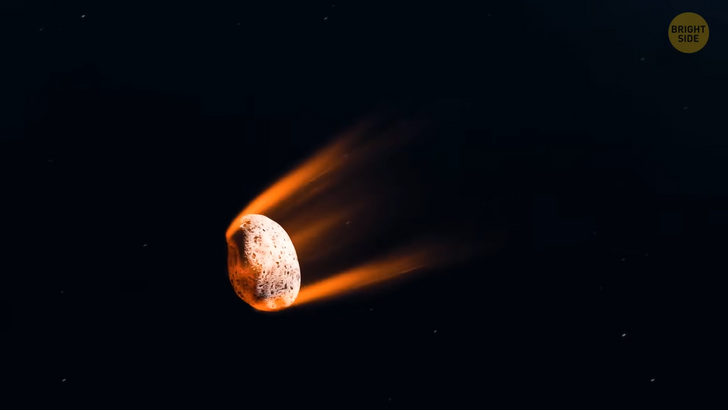
So, what is this strange, wandering rock? Specialists at first thought it mostly looked like an asteroid, but they took a closer glance and concluded that it was most likely a comet. They believed it’s propelled by little jets of gas caused by the warmth of the Sun, which could drive it off its natural course. Apart from the way it moves, the looks of Oumuamua are also special compared to those of other comets. These types of celestial bodies reflect about 4 percent of the light that falls on them. Oumuamua, surprisingly, has double the reflective properties. Sadly, we aren’t able to study this bizarre object anymore since it has already left our neighborhood in the Solar System.
We’ve heard so many stories about the Bermuda Triangle, from its mysterious events to very detailed scientific explanations as to why they happen at times. Well, you’ll be surprised to know there’s a space equivalent to the Bermuda Triangle, which some astronauts claim to have witnessed. What they described was similar to an intense flash of light as they passed through a specific location, which they then called the South Atlantic Anomaly. There could be an explanation for this. Firstly, it’s important to know the Earth’s magnetic field is not perfectly aligned to its rotation axis. There is an area of about 125 miles above the South Atlantic where some type of radiation is as close to the Earth’s surface as possible.
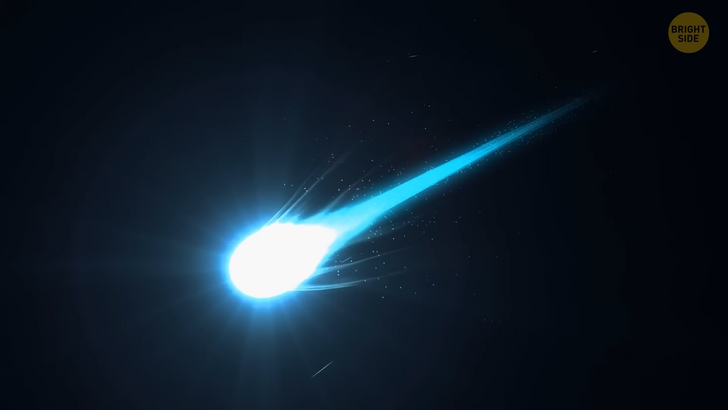
When passing through this location, computers stopped working, and space staff saw those cosmic bursts of light I mentioned. As far as we know, there are eight planets in our solar system: Mercury, Venus, Earth, Mars, Jupiter, Saturn, Uranus, and Neptune. But could there be another one, the 9th planet out there we’ve yet to discover completely? Some astronomers are certain there is, and they’re currently calling it Planet 9. Its location seems to be way beyond Neptune, the eighth planet we’ve known so far and the farthest away from the Sun.
The problem is, we’ve been wrong before. In 1801, we stumbled upon Ceres [see-reez], what we now know as the largest asteroid in the Solar System. But we initially believed it to be a planet, too. And you must know the story about Pluto. First, we believed it was a planet right after we discovered it in 1930 but then reclassified it as a dwarf planet. The fact that Planet 9 is so far away from us makes it difficult to photograph and study, hence its uncertain status. For specialists to track Planet 9, light has to travel all the way out there from the Sun and almost all the way back again. Astronomers were able to cover somewhere around 30 percent of the area where this planet is supposed to be. They also estimate it will take about another four years to study the rest of it and make a conclusion.
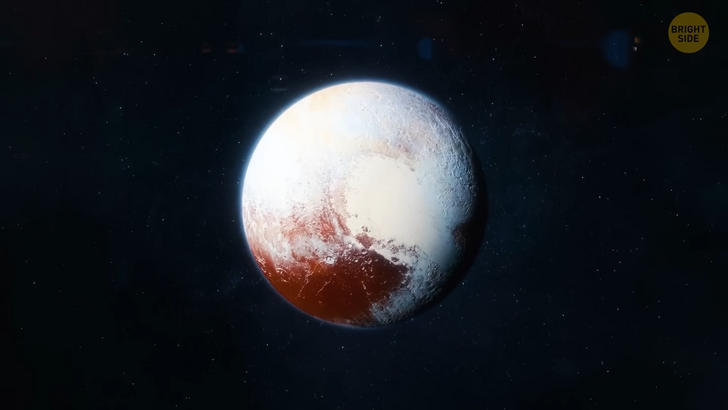
A nebula is basically a huge cloud of dust and gas somewhere in space. Some of them come from dying stars after they’ve exploded. Others are the locations where new stars are beginning to form. That’s why some nebulae are even called “star nurseries.” They can come in many different colors and sizes, but one, in particular, caught the eyes of astronomers because of its spectacular shape. It’s called the Red Rectangle Nebula, and it’s located in the constellation of The Unicorn, about 2,300 light-years away from us. We don’t know exactly what causes that unusual shape, but one explanation could be that there are two stars at its core. These stars could create two cones of bright dust, which, together, make the nebula look like a square.
What’s even more puzzling about this formation is that it displays something called ’extended red emission.’ This means that its dust has a specific reddish glow. It’s difficult to tell what causes this, but those two potential stars in the middle certainly have something to do with it. Remember when I mentioned Neptune is the most distant planet in the Solar System? It’s around 30 times farther from the Sun than we are. It would make sense for it to be the coldest out of all the planets, but here comes the surprise: it’s not. And scientists have yet to pinpoint why! In 1989, NASA’s spaceship Voyager 2 passed by both Uranus and Neptune. It found that Neptune was warmer than its neighbor, even though it was farther away from the Sun. Scientists came up with a bunch of theories trying to explain this staggering discovery. One of them had to do with the gravitational differences between Uranus and Neptune.
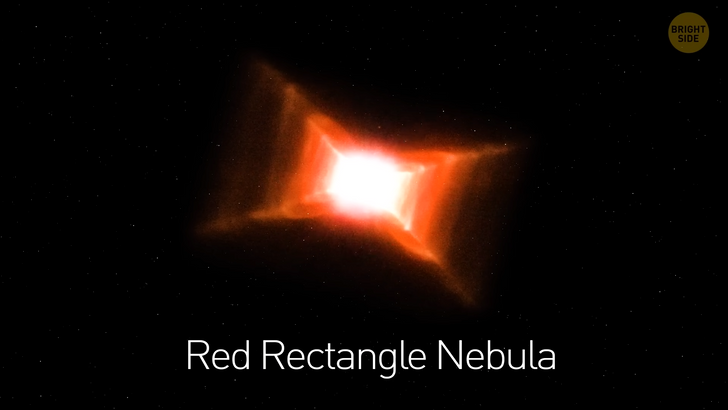
Neptune’s blue hues are more intense than those of Uranus. So, NASA researchers believe there’s another unidentified chemical in Neptune’s atmosphere. It could explain the unusual temperature. The weather could also have something to do with it. Neptune apparently has the strongest winds and the most massive storms in our Solar System. In 1989, for example, Voyager 2 detected a massive blizzard on Neptune, which they named the Great Dark Spot. This storm was bigger than our whole planet! It disappeared in 1994, so there’s little we can understand about it these days. These extreme winds can push frozen methane through the planet’s atmosphere and mess up the temperature. Uranus is a bit weird itself on a closer look, apart from it basically being a huge ball of gas, of course. Why is that? Well, firstly, because it rotates on its side, making it look like it rolls around the Sun like a ball.
This curious orientation — about 90 degrees sideways — is probably because of some kind of massive collision that happened in its past. This tilt is also the reason why Uranus has the most extreme seasons in the Solar System. One year on Uranus is as long as 84 Earth years. For about a quarter of this period, the Sun shines straight over the north or South Pole of the planet. This could explain the huge difference between its highest and lowest yearly temperatures. Let’s also look at the little ones for a bit, shall we? I mean Mercury and Pluto. Mercury is already the smallest planet (or second smallest if we count the dwarf planet Pluto, of course) in our Solar System. It’s also the second densest after our planet. And it’s getting smaller and smaller and denser at the same time.
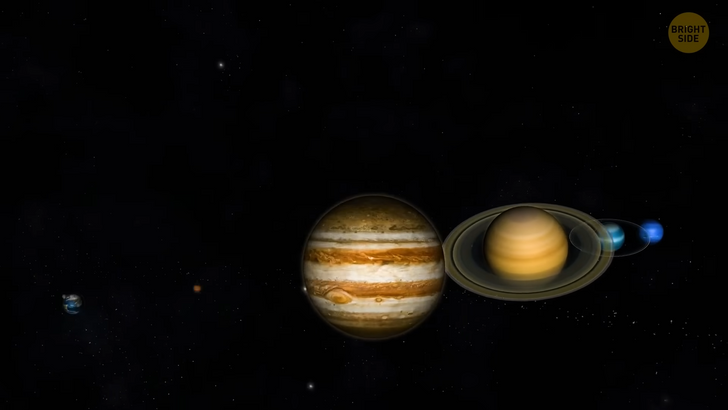
For a long time, we thought that our planet was the only tectonically active one. That was until we discovered that Mercury was still active in this department also. So that’s probably the reason why it’s shrinking and compacting as time goes by. Pluto’s atmosphere is giving scientists a lot of headaches to this day. They revealed that it has about 20 layers in its atmosphere, and they are cooler and more compact than they initially estimated.
NASA’s New Horizons team also discovered that the dwarf planet releases a huge quantity of nitrogen each hour, but somehow Pluto can constantly restock on its lost nitrogen. Maybe it’s thanks to some intense geological activity. Just like most participants at talent shows, we also have a failed star in our Solar System. Sorry, Jupiter, we’re talking about you!
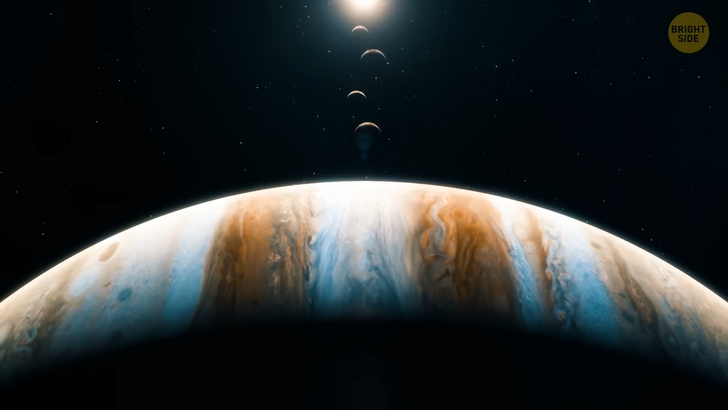
It may not be the most appropriate description in terms of astronomical facts, but some specialists do call Jupiter a failed star. That’s because, similarly to a star, Jupiter has a lot of chemicals like hydrogen and helium. At the same time, Jupiter doesn’t have nearly enough mass to start a fusion reaction in its core and transform into a star. Stars generate their energy by mixing together hydrogen atoms under extreme heat and pressure, which creates helium. As this process takes place, it releases light and heat, which gives stars their appearance and temperature.
How do they manage that? Well, they have a significant amount of gravity, for starters. For Jupiter to flare up a fusion process and transform itself into a star, it would need to be more than 70 times heavier. In theory, if we could mix together a lot of Jupiters, we might have ourselves a new star. But sadly for it, in our Solar System, Jupiter will have to stick with being a huge lump of gas. Biggest of them all, though.











